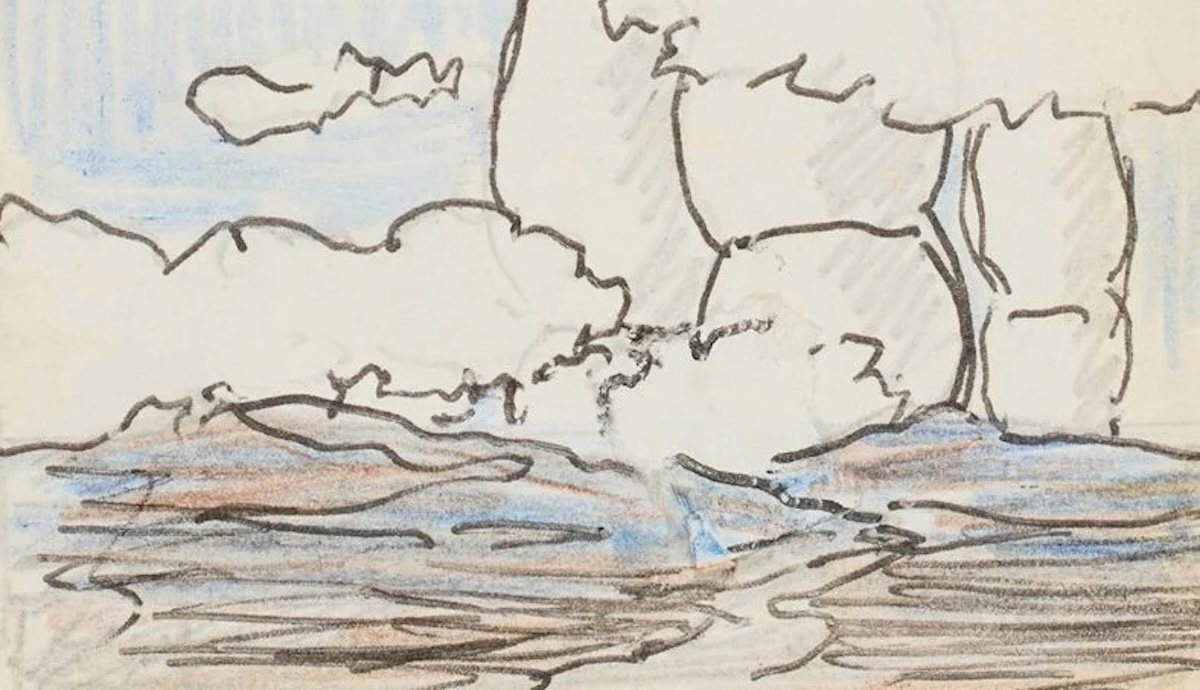
The city of Rome may start charging an entry fee for one of its most iconic tourist destinations. The 18th-century Trevi Fountain is among Rome’s most popular—and most overcrowded—sites. Some Italian authorities say that a new entry fee would promote more sustainable tourism, while opponents foresee negative consequences.
Do Entry Fees Fix Overtourism?

Every year, millions of tourists visit Rome’s beloved Trevi Fountain. That number is only increasing—as is the chaos and crowding that constantly plagues the area. In a recent conversation with the Associated Press, Alessandro Onorato, Rome’s city councillor over tourism, proposed a controversial new entry fee for the Trevi Fountain. He explained the purpose would be to control crowds, and that residents of Rome could still visit free of charge. “We have to avoid, especially in a fragile art city like Rome, that too many tourists damage the tourist experience, and damage the city,” explained Onorato. “We need to safeguard two things: that tourists don’t experience chaos and that citizens can continue to live in the center.”
Onorato’s announcement was met with support as well as backlash. Among those opposed to the measure are people who work in the hospitality and tourism sectors. Some say that a Trevi Fountain entry fee will not meaningfully improve the issue of overtourism. Katie Parla, a professional tour guide and resident of Rome, offered one such viewpoint. She told the Washington Post, “Moving through the streets is already so unpleasant due to the numerous bottlenecks. I don’t think that visitors or locals will benefit from constricting a very, very intensely trafficked part of the city.”
The Trevi Fountain Will Also Be Cleaned

Starting in November, the Trevi Fountain will also undergo restoration ahead of the Vatican’s Jubilee in 2025. Since its last major cleaning in 2014, grime, weeds, and calcium deposits have built up on the landmark. Access to the Trevi Fountain will be limited during the restoration process, which is expected to cost about $329,000, as reported by Artnet. However, a temporary walkway is in the works, which will still allow visitors to see the site’s highlights.
The mayor of Rome, Roberto Gualtieri, explained at a recent town hall meeting, “A set number of tourists will be allowed to enter the walkway, and when they exit at the other end, other visitors will be allowed to enter.” Gualtieri added that these measures “will allow us to better study the flow of tourists and the time they spend at the Trevi.” Officials will then use data from the temporary walkway to inform what happens next at the site.
The Legend of Rome’s Trevi Fountain

The Trevi Fountain is an 18th-century Baroque fountain situated in Rome’s Trevi district. It is largely thanks to famous films, such as 1960’s La Dolce Vita, that the Trevi Fountain is one of the Italian capital‘s most-visited landmarks today. Legend has it that a tourist who tosses a coin over their left shoulder into the Trevi Fountain is destined to return to Rome someday. If they throw two coins, they are also fated to fall in love. Even though visitors collectively toss an estimated 3,000 euros into the Trevi Fountain every day, Italian officials expect to field their complaints if and when the proposed entry fee is implemented.









